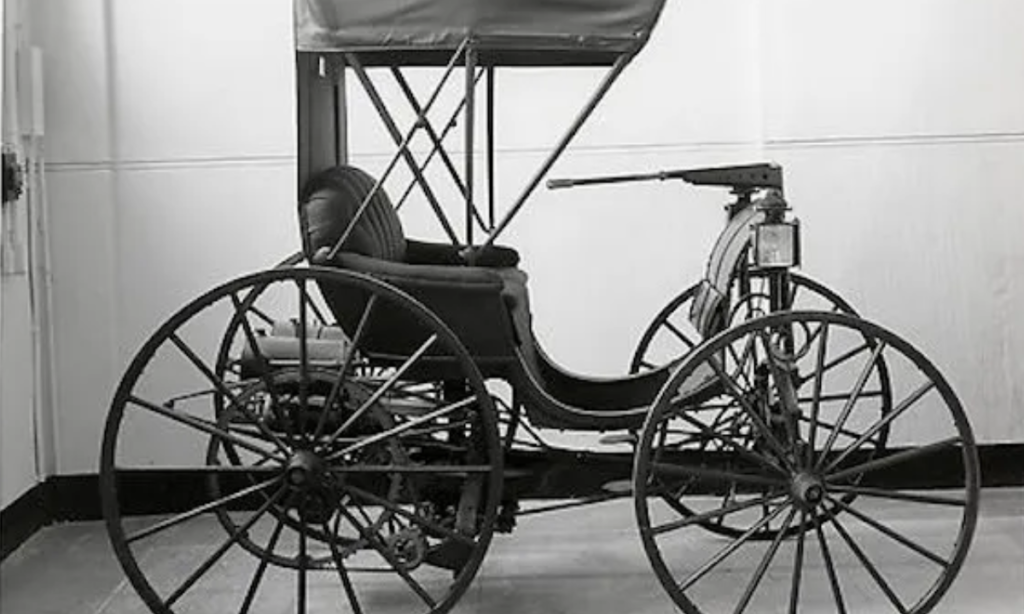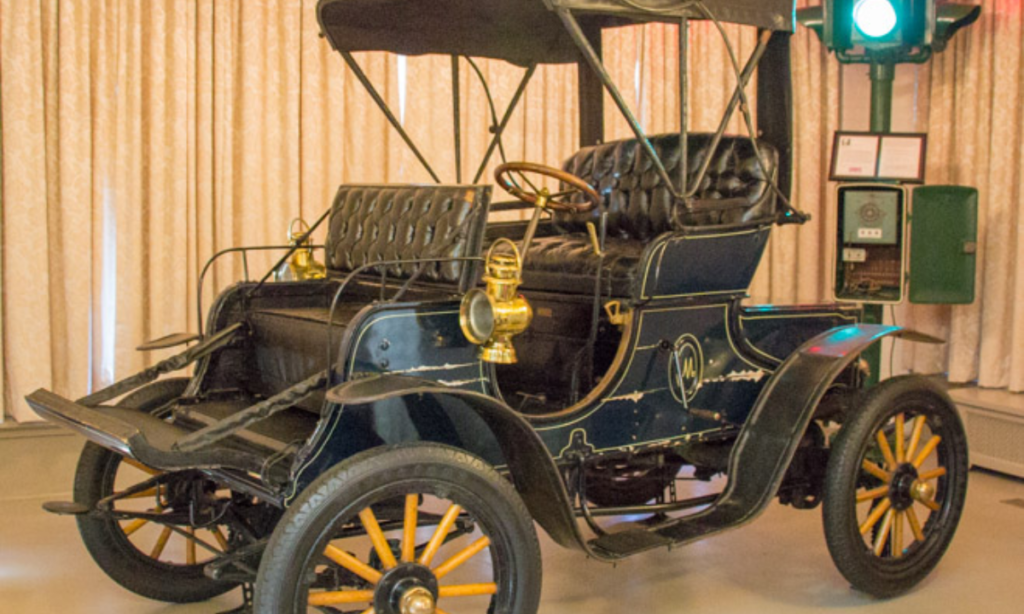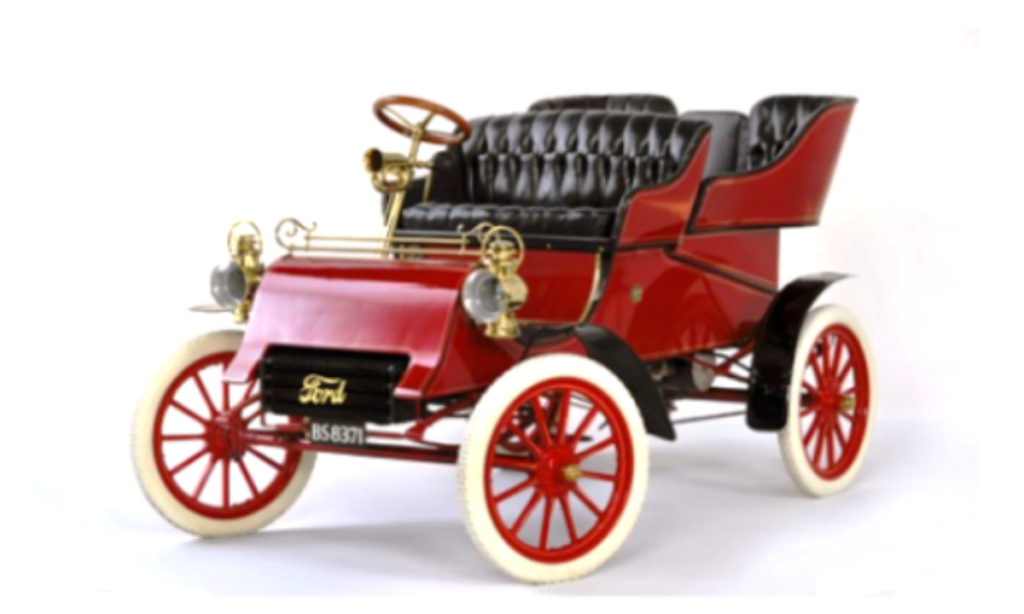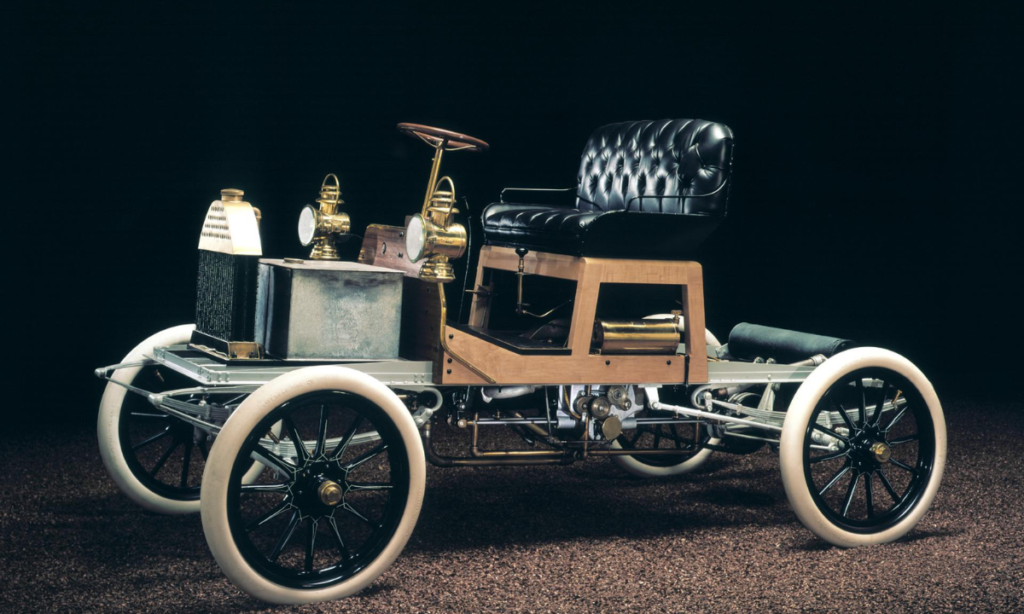A Glimpse into the History of American Automobiles: Some of the Oldest American Cars
The story of American automobiles is a rich tapestry woven with innovation, ingenuity, and a relentless pursuit of progress. As we journey back in time, we encounter some of the oldest American cars that played pivotal roles in shaping the automotive landscape. These early pioneers paved the way for the automotive industry we know today, leaving an indelible mark on history.
1. Duryea Motor Wagon (1893): The Trailblazer

Our journey begins with the Duryea Motor Wagon, a trailblazing invention by Charles and Frank Duryea. In 1893, in the bustling town of Springfield, Massachusetts, this remarkable vehicle made its debut. It is widely celebrated as one of the earliest gasoline-powered American cars, marking a historic milestone in automotive history.
The Duryea Motor Wagon featured a single-cylinder engine, wire-spoke wheels, and a carriage-like wooden body. On September 21, 1893, it roared to life on the streets of Springfield, becoming an iconic symbol of American automotive innovation. This event is often hailed as the birth of the American automobile industry.
2. Haynes-Apperson Pioneer (1894): An Indiana Triumph

While Charles Duryea was making history in Massachusetts, another pioneering team was hard at work in Kokomo, Indiana. Elwood Haynes, along with Edgar and Elmer Apperson, developed one of America’s earliest gasoline-powered cars, the Haynes-Apperson Pioneer. In 1894, this groundbreaking vehicle graced the roads, capturing the imaginations of those who witnessed it.
The Pioneer boasted a one-cylinder engine, chain drive, and tiller steering. It showcased the potential of gasoline-powered vehicles as a means of personal transportation. Elwood Haynes went on to secure one of the earliest U.S. patents for an automobile, securing his place in the annals of American automotive history.
3. Curved Dash Oldsmobile (1901): A Mass-Produced Marvel

In the early 20th century, the Curved Dash Oldsmobile emerged as a symbol of American automotive innovation. Introduced in 1901, it is considered one of the first mass-produced cars in the United States. This pioneering vehicle was the brainchild of Ransom E. Olds, a visionary inventor and entrepreneur.
The Curved Dash Oldsmobile featured a distinctive curved dashboard, a one-cylinder engine, and a simple design. It represented a departure from the horse-drawn carriages of the era, offering Americans a glimpse into the future of personal transportation. Its affordability and accessibility marked a significant step forward in the democratization of automobile ownership.
4. Ford Model A (1903): Henry Ford’s Inaugural Achievement

The name Henry Ford is synonymous with American automotive history, and it all began with the Ford Model A. In 1903, Henry Ford introduced his first production car, the Model A, signaling the dawn of a new era in American transportation.
The Model A was a modest yet innovative vehicle featuring a two-cylinder engine and a simple, reliable design. It represented Henry Ford’s vision of making automobiles accessible to the masses. While it may not have been as revolutionary as later Ford models, the Model A laid the groundwork for the automotive empire that would follow.
5. Buick Model B (1904): The Early Buick Legacy

In 1904, the Buick Motor Company unveiled the Model B, one of its early forays into the world of automobiles. While Buick would later become a household name in American automotive history, the Model B played a crucial role in establishing the brand’s reputation for quality and innovation.
The Buick Model B featured a one-cylinder engine, and its success laid the foundation for Buick’s future growth. It demonstrated Buick’s commitment to producing high-quality vehicles, a legacy that continues to this day.
The Enduring Legacy of Early American Cars
These early American cars, each with its unique story and innovations, hold a special place in the annals of automotive history. They represent a time of rapid experimentation, where inventors and visionaries across the country sought to redefine personal transportation.
While the exact title of the “oldest” American car may remain a subject of debate, their collective impact on American society and industry is undeniable. These pioneers set the wheels of progress in motion, shaping the automotive landscape we know today.
As we look back on these humble beginnings, we are reminded of the power of human creativity and the enduring legacy of those who dared to dream and explore the unknown. The oldest American cars are more than artifacts of the past; they are testaments to the relentless pursuit of progress that continues to drive innovation in the automotive world.
